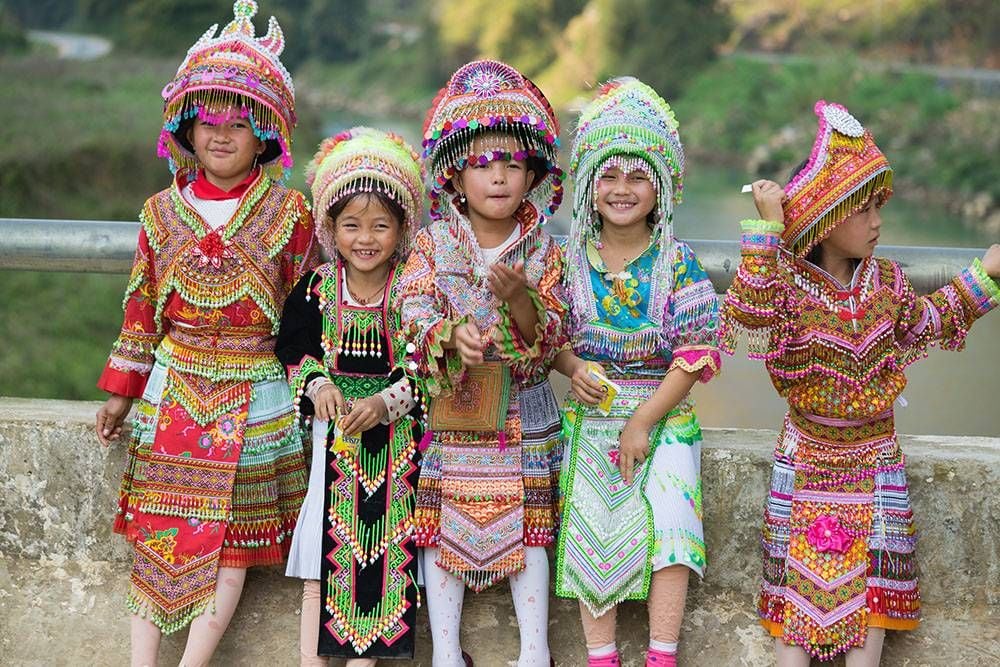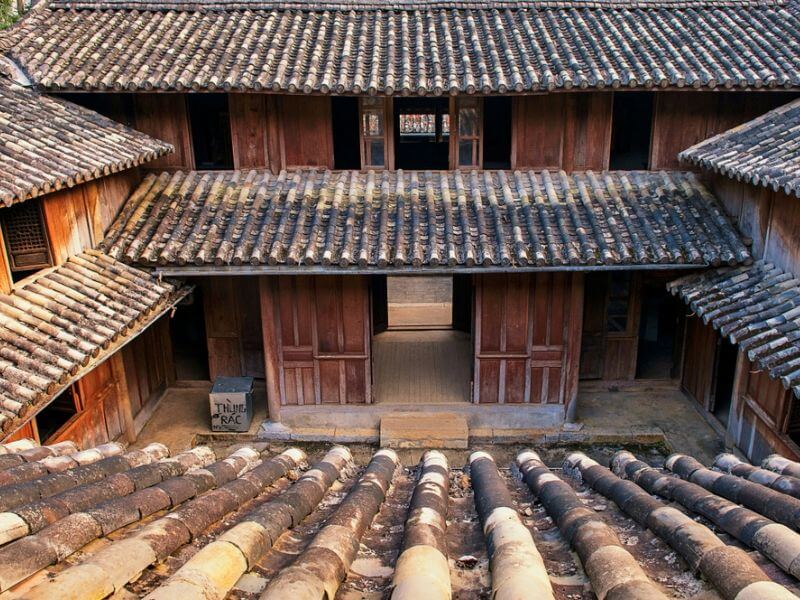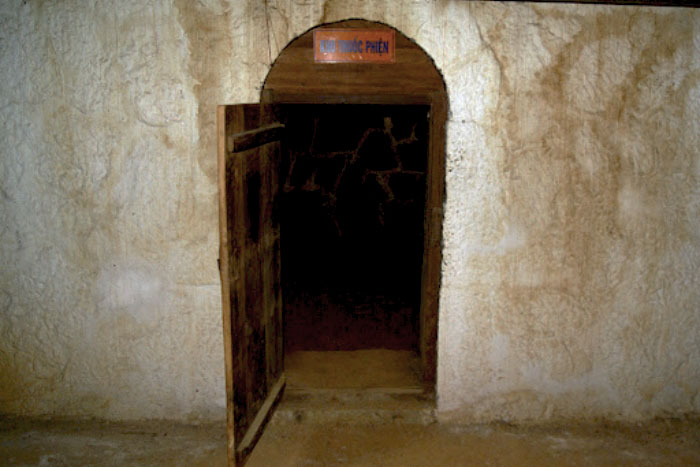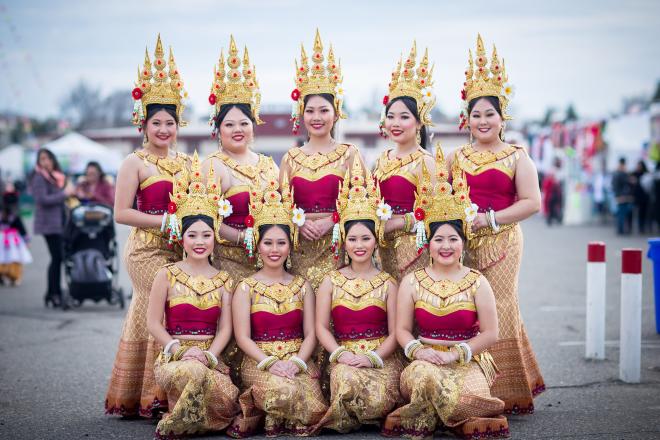Tomb of the Hmong People in Chiang Mai, Thailand

The Tomb of the Hmong People in Chiang Mai, Thailand, stands as a poignant reminder of a unique culture that has made significant contributions to the region’s history. Nestled within the lush green hills of northern Thailand, this sacred site reflects the rich traditions and spiritual beliefs of the Hmong community, an ethnic group originally from the mountainous regions of Southeast Asia. Visiting the Hmong Tombs provides not only an opportunity to witness the stunning beauty of the area but also to delve deeper into the stories and customs of the Hmong people.
The Hmong People: A Brief Overview
The Hmong are an ethnic group with origins in China, known for their vibrant textiles, intricate embroidery, and distinctive customs. After migration due to political and social upheaval, many Hmong people settled in Thailand, particularly in the northern provinces like Chiang Mai. Today, their culture remains vibrant, showcased through festivals, traditional clothing, and ceremonies.

The Hmong community is renowned for its colorful traditional attire, often worn during significant cultural events. Each piece of clothing tells a story and holds meaning, with specific colors and patterns representing various aspects of their cultural identity. The Hmong have also maintained their traditional farming practices, cultivating crops like rice, corn, and various herbs, which are integral to their diet and culture.
Significance of the Hmong Tombs
The Hmong Tombs serve as a final resting place for those who have passed, encapsulating the Hmong people’s beliefs about life, death, and the afterlife. Unlike typical gravesites, these tombs reflect the deep spiritual connections the Hmong have with their ancestors. The structures themselves often resemble small houses, symbolizing the belief that the deceased continue to reside among their loved ones.
The tombs are adorned with offerings and symbolic items, which are placed there to honor the spirits of the deceased. This practice highlights the community’s respect for their ancestors and the belief that these spirits can influence the lives of the living.

Visitors to the site can observe various offerings, such as food, incense, and ceremonial items. These offerings are a way for the living to maintain a connection with their ancestors, ensuring that the spirits feel welcomed and honored. Rituals are often performed at the tombs, especially during the Hmong New Year celebrations, when families gather to pray and celebrate their heritage.
Architecture and Design of the Tombs
The architecture of the Hmong Tombs is unique, featuring distinctive elements that reflect Hmong cultural aesthetics. The tombs are typically constructed from local materials, showcasing intricate carvings and colorful decorations. Each tomb is unique, often designed to represent the individual’s personality or achievements during their lifetime.
The structures are often adorned with Hmong motifs and symbols, incorporating elements like flowers, animals, and geometric patterns that hold specific meanings within the Hmong culture. This attention to detail not only adds to the aesthetic appeal but also serves to preserve cultural narratives that have been passed down through generations.

The use of bright colors and traditional designs showcases the artistry of the Hmong people. Each design choice is intentional, symbolizing hope, strength, and the connection between the earthly and spiritual realms.
Visiting the Hmong Tombs: What to Expect
When planning a visit to the Hmong Tombs in Chiang Mai, it’s important to respect the cultural significance of the site. Visitors are encouraged to dress modestly and maintain a respectful demeanor while exploring the area. Engaging with local Hmong communities can enhance the experience, offering insights into their customs and traditions.
Local guides can provide invaluable information about the history and significance of the tombs, making the visit more enriching. Many guides are part of the Hmong community themselves, providing a personal touch to the experience and helping visitors understand the deeper meanings behind various rituals and practices.

The lush landscapes surrounding the tombs also provide an ideal backdrop for nature lovers. Hiking through the nearby trails offers breathtaking views of the mountains and valleys, making it a perfect day trip for adventure seekers. The natural beauty complements the cultural richness of the Hmong Tombs, creating a harmonious blend of history and nature.
Cultural Events and Ceremonies
The Hmong community in Chiang Mai often holds various cultural events and ceremonies, especially around the time of festivals. These events may include traditional music, dance, and food, allowing visitors to immerse themselves in the vibrant culture of the Hmong people. Festivals like the Hmong New Year are particularly significant, celebrating the harvest and honoring ancestors with joyful festivities.
Participating in these events offers visitors a unique opportunity to witness Hmong traditions firsthand and engage with the local community. It’s an enriching experience that goes beyond mere sightseeing, fostering connections between cultures.

During these festivals, you might see colorful parades, traditional dances, and delicious food stalls showcasing Hmong cuisine. The lively atmosphere and community spirit during these events make for unforgettable memories.
Conclusion
The Tomb of the Hmong People in Chiang Mai, Thailand, is not just a resting place but a vibrant testament to the enduring legacy of a resilient culture. By exploring this sacred site, visitors can gain a deeper appreciation for the Hmong people’s traditions, beliefs, and their profound connection to the land. Whether you’re drawn by the cultural richness, the architectural beauty, or the tranquil surroundings, the Hmong Tombs offer an unforgettable glimpse into the heart of northern Thailand’s heritage.
